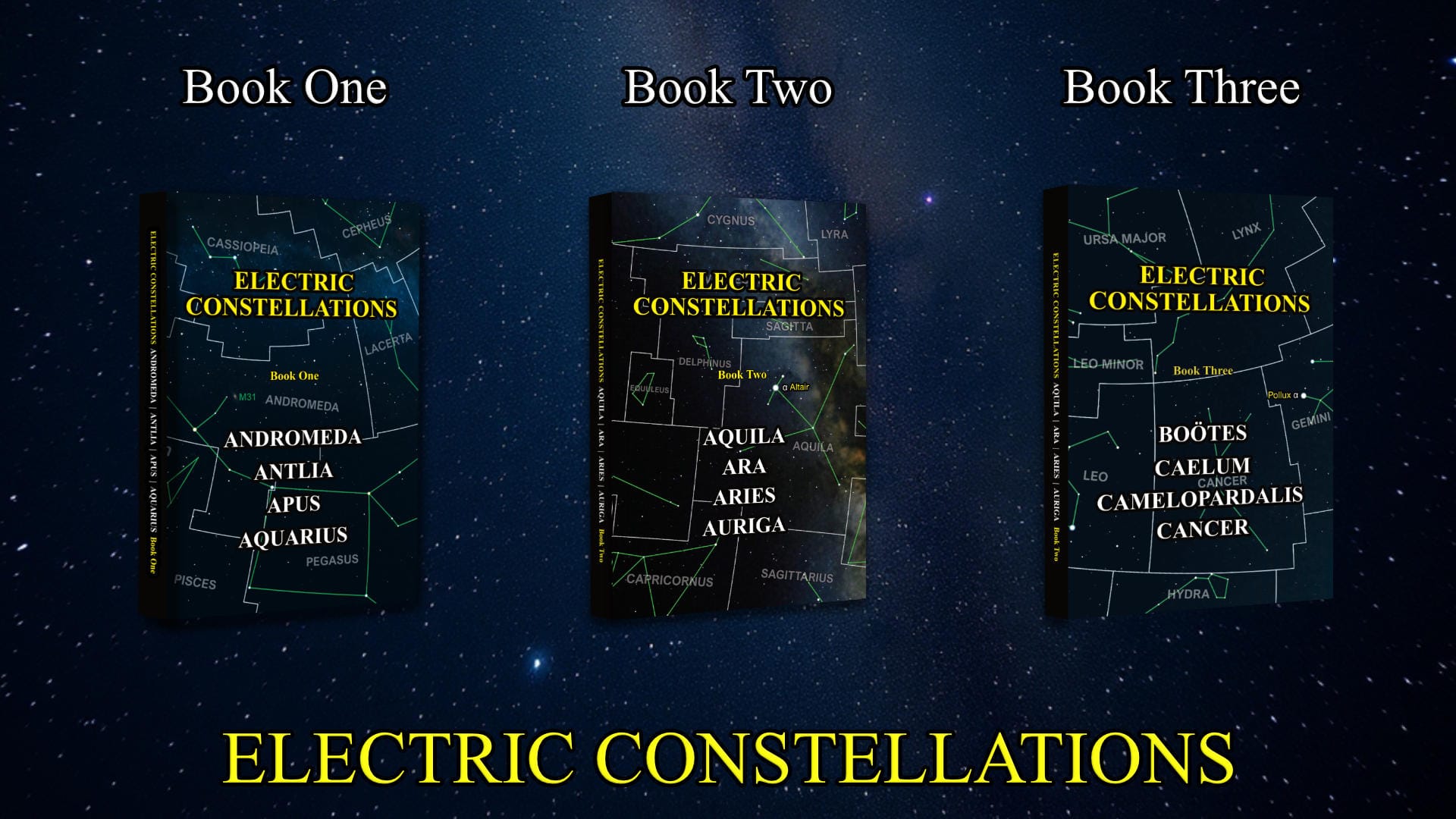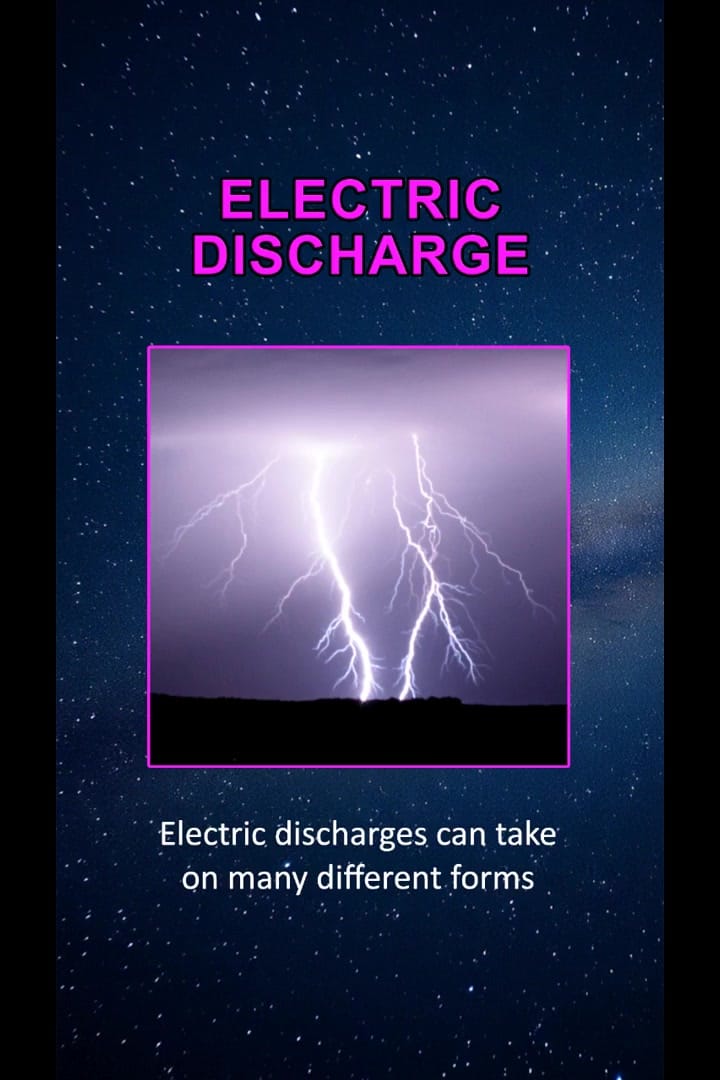Electric Discharge Video

Understanding Electric Discharge
Electric discharges are events where electricity flows through a medium, typically producing visible light, sound, and heat
Understanding how discharges work can help people who are interested in electricity protect their equipment better and come up with new uses in lighting, manufacturing, and scientific research.
Electricity doesn’t always stay put. When an electric current suddenly flows through a medium where it normally doesn’t—like air, gas, or even a vacuum—we say that an electric discharge has occurred. This happens when the electric field gets strong enough to break down the insulating properties of the medium, creating a conductive path for electrons to flow.
When you get right down to it, electric discharges are all about the ionization of atoms or molecules. This happens when electrons are removed from their atoms, leaving behind positively charged ions and free electrons that speed up in the electric field. When these fast-moving particles hit other atoms, they cause a domino effect that can produce visible light, sound, heat, and electromagnetic radiation. This ionization process changes materials that are usually insulating into conductive plasma channels, letting current flow where it wouldn’t be able to otherwise.
Electric discharges are fascinating due to their omnipresence in both natural and man-made systems. Whether it’s the awe-inspiring lightning strikes that have enthralled mankind since the dawn of time, or the understated blue glow around high-voltage power lines on humid nights, these occurrences define our relationship with electricity. Grasping these discharges is not just a matter of academic interest—it’s a crucial part of designing secure electrical systems, developing innovative technologies, and safeguarding delicate electronic components from harm.
Glow Discharge: The Magic Behind Neon Signs

Glow discharge is a lower-energy, more stable type of electric discharge that happens when you apply a moderate voltage across a gas at low pressure. This process creates a unique glowing light as electrons excite gas molecules, which then emit photons as they return to their normal state. Unlike the intensely concentrated arc discharge, glow discharge spreads itself more evenly throughout the gas volume, creating the familiar soft light we see in neon signs and fluorescent lights.
When you look at a glow discharge, you’ll notice that there are several different sections between the anode and the cathode, each with its own electrical properties and visual aspects. The brightest part of this is the “negative glow” region. The color of this glow is determined by the gas that is being used—neon gives off the famous red-orange light, argon gives off blue, and mercury vapor gives off ultraviolet light that can excite phosphor coatings to produce white light. Because the gas composition determines the emission spectra, glow discharge is a great tool for spectroscopy and material analysis.
Planetary nebulae appear to be similar to glow discharges, but on a scale of light years:

The Twin Jet Nebula, or PN M2-9, is a striking example of a bipolar planetary nebula. Bipolar planetary nebulae are formed when the central object is not a single star, but a binary system, Studies have shown that the nebula’s size increases with time, and measurements of this rate of increase suggest that the stellar outburst that formed the lobes occurred just 1200 years ago.
Partial Electric Discharge
According to EU theory, craters are often not scars of impact, but the machining marks of cosmic plasma arcs. Laboratory discharges reproduce the same patterns—raised rims, central peaks, terraced walls, dendritic rilles—suggesting that planetary surfaces are electrical records of catastrophic events in a once more electrically active Solar System.
Partial discharges in the laboratory, when applied to rock, metal, or dielectric surfaces, produce pits, craters, and dendritic channels. Importantly, these features appear without the need for massive incoming projectiles. Instead, the electric arc itself does the excavation, removing material by ablation, melting, and ejecta deposition.

More about electric discharges can be found here.
Challenge the standard model—explore the cosmos through the Electric Universe Theory. These Electric Constellations books contain full-color, data-rich investigations of four constellations each. They're not a beginner's star guide—they're a serious work for independent thinkers, astronomers, and scientifically literate readers seeking to understand the Universe beyond conventional gravity-based interpretations.
Each constellation is examined in detail, with attention to its Bayer-designated stars, mythological origins, meteor showers, and bordering constellations. In-depth profiles of deep-sky objects—including galaxies, planetary nebulae, and star clusters—are paired with high-resolution imagery from the Webb and Hubble space telescopes, delivering both scientific clarity and visual impact.
Central to this series is the Electric Universe (EU) model, which proposes that electromagnetic forces—not gravity alone—govern much of the structure and behavior of the cosmos. Rather than treating this as speculative fringe, the book frames the EU model as an evidence-based, plasma-physics-informed alternative to the standard cosmological narrative.
Inside each volume:
- Comprehensive coverage of four distinct constellations
- Analyses of deep-sky objects in the EU context
- Original commentary on plasma discharge features and Z-pinch configurations
- Mythological and historical context without romantic embellishment
Written for readers who demand more than rote repetition of gravitational dogma, Electric Constellations opens a new observational and theoretical frontier—where stars light by electrical currents, not fusion, and where structure emerges from plasma dynamics, not dark matter.
Whether you are an amateur astronomer, electrical engineer, or astrophysicist curious about alternative models, these books deliver a rigorous and visually stunning exploration of the night sky—illuminated by a very different current.

